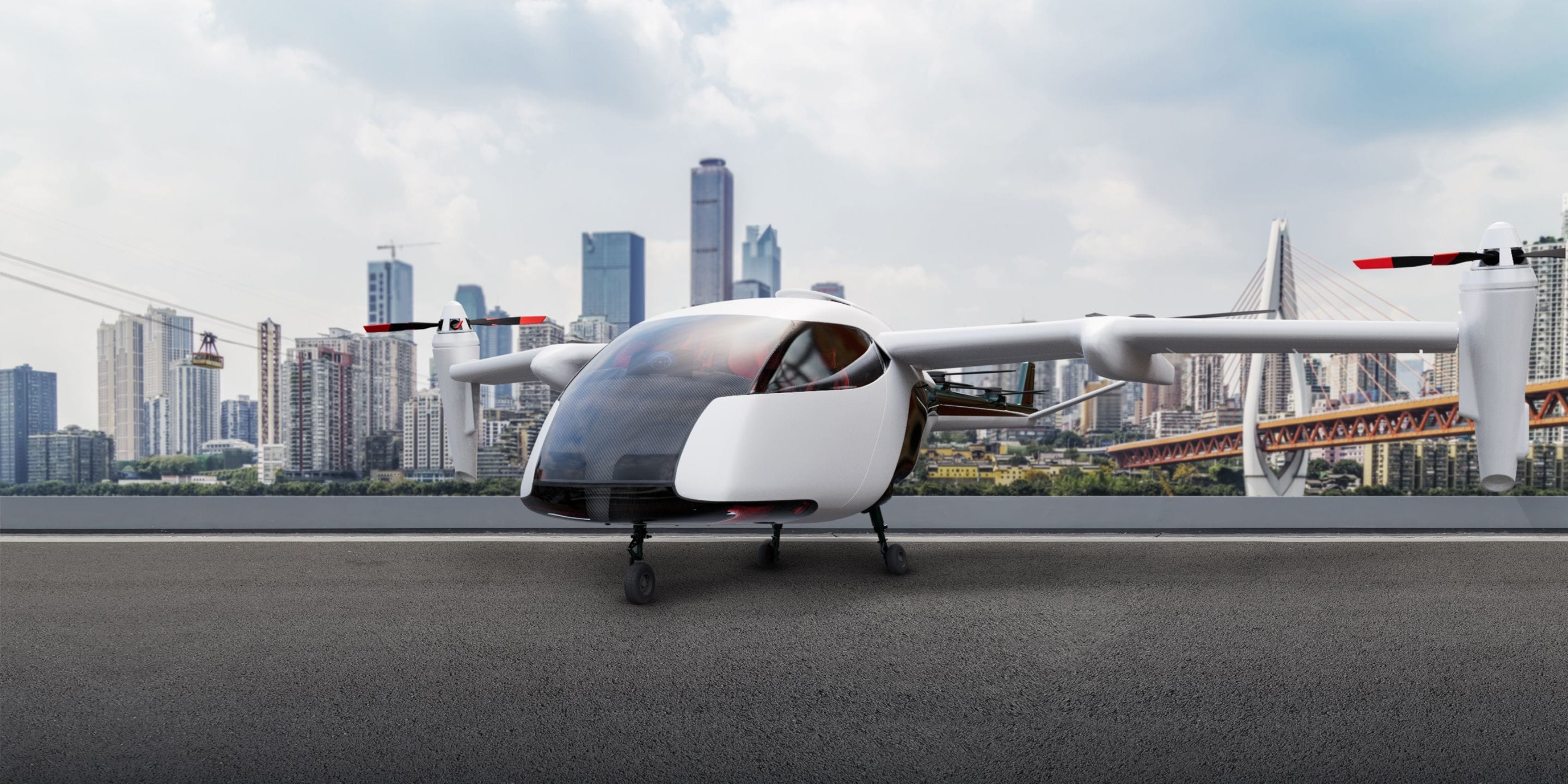Urban Air Mobility (UAM) is airborne transportation’s promising future, ushering in a new era of city connectivity through electric vertical takeoff and landing (eVTOL) aircraft. Cities worldwide are grappling with congestion, pollution, and inefficient transportation networks, and UAM solutions offer the potential to lift mobility challenges by shifting transit from crowded roads into the skies. This innovative approach aims not only to reduce travel time but also to create cleaner and smarter urban environments.
According to Straits Research, "The global urban air mobility market size was valued at USD 2.80 billion in 2024 and is expected to reach from USD 3.29 billion in 2025 to USD 11.79 billion by 2033, growing at a CAGR of 17.29% during the forecast period (2025–2033)." This growth underscores the rising adoption of autonomous flight technologies, battery advancements, and increasing government and private investments fueling a burgeoning aerial transportation ecosystem.
Key Growth Drivers and Technology Trends
The UAM industry is at the intersection of aerospace engineering, IoT, AI, and sustainable transport, driving rapid developments in:
-
Advanced eVTOL Aircraft: Cutting-edge electric propulsion, battery technologies, and flight control systems have led to quieter, safer, and more efficient aircraft. Companies like Joby Aviation and Archer Aviation lead the pack with ambitious certification and commercial launch timelines for air taxi services in major cities across the U.S., Europe, and Asia.
-
Autonomy and AI: Increasing automation and pilot-assist features promise to revolutionize piloted and fully autonomous aircraft. Wisk Aero and EHang have made significant headway with autonomous flight testing, reducing operational costs and improving safety margins through AI-powered navigation and obstacle avoidance.
-
Infrastructure and Vertiports: A critical component to UAM’s success is the integration of urban vertiports, charging stations, and digital air traffic control. Collaborations between aerospace players and city planners are underway globally to embed these facilities into urban landscapes, with pilot projects in Dubai, Singapore, and Los Angeles demonstrating proof-of-concept viability.
Leading Players and Regional Activity
Several companies are shaping the competitive landscape:
-
Joby Aviation (USA): Spearheading commercial air taxi development with backing from Toyota and Uber. Joby’s programs focus on safety certification and urban route partnership agreements, notably with Delta Airlines for operations in California.
-
Archer Aviation (USA): Partnered with United Airlines aiming for large-scale urban air mobility services. Archer focuses on scalable production and network infrastructure, accelerating its eVTOL flight tests in major American metros.
-
Volocopter (Germany): Specializes in inner-city short-range air taxis and emergency services with a strong European presence and expanding Asia-Pacific pilots, including government collaborations in Singapore.
-
Lilium (Germany): Developing longer-range passenger jets with multiple ducted fans, targeting regional travel corridors and seamless integration with urban hubs.
-
EHang (China): A pioneer with certified autonomous passenger drones, operating in China and expanding pilot programs in Europe and the Middle East.
-
Airbus (France), Boeing (USA), and Embraer’s Eve Air Mobility (Brazil): Major aerospace contributors investing heavily in UAM ecosystems, focusing on advanced battery systems, air traffic management, and ride-sharing partnerships globally.
Recent News and Noteworthy Developments
-
July 2025: Joby Aviation unveiled expanded partnership with Delta for California air taxi routes, emphasizing pilot training and safety certification milestones.
-
June 2025: EHang obtained European autonomous drone certification and commenced commercial passenger operations in select Chinese cities, marking a step forward in scaled deployment.
-
April 2025: Volocopter inaugurated Singapore’s first air taxi vertiport as part of a comprehensive smart mobility pilot program supported by government investment.
-
May 2025: Archer Aviation successfully tested its eVTOL aircraft in Chicago, progressing towards Federal Aviation Administration (FAA) certification targets.
Country-Wise and Global UAM Highlights
-
North America: The United States remains a critical hub, driven by regulatory progress, venture funding, and major airline partnerships. Cities including Los Angeles, Dallas, and Miami are poised for early adoption with developing vertiport infrastructure.
-
Europe: Germany, France, and the UK lead European efforts with a focus on sustainability and urban integration. European cities are benefiting from coordinated government incentives and emissions reduction targets contributing to UAM advancements.
-
Asia-Pacific: The fastest growing region in UAM adoption. China’s state-backed companies such as EHang push autonomous fleets while Singapore and Dubai invest heavily in vertiports and regulatory frameworks enabling UAM pilots and air traffic control systems.
Summary:
Urban Air Mobility is set to transform city transportation rapidly, driven by advances in autonomous eVTOL aircraft and integrated urban infrastructure. Strategic partnerships, regulatory milestones, and emerging infrastructure rollout indicate a near-term emergence of aerial urban transit solutions globally.


